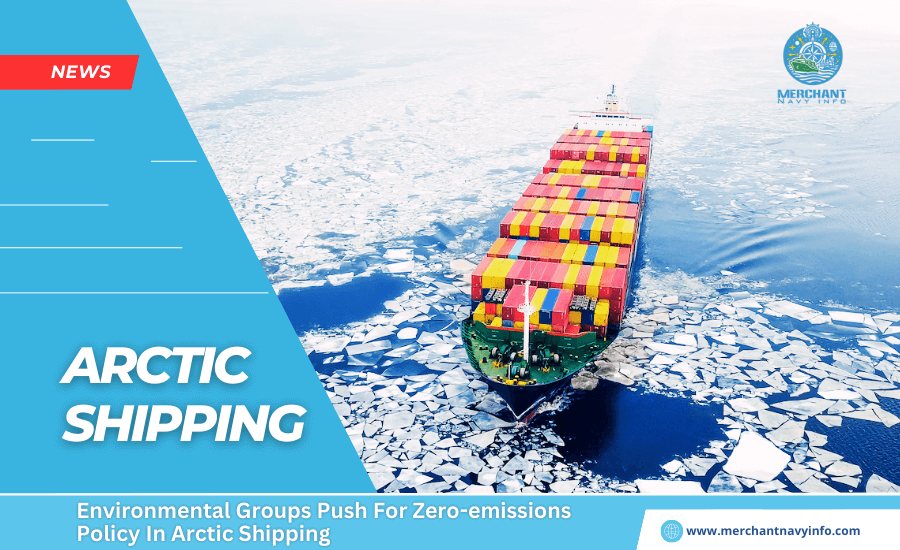
In a recent open letter to the Arctic Council, Bellona and the Alliance requested that a concrete zero-emissions policy be established for Arctic shipping. All Arctic nations voluntarily implement the IMO resolution that urges the use of cleaner alternative fuels in or near the Arctic.
In particular, reducing ongoing pollution from black carbon, carving out green shipping corridors, using cleaner shipping fuels, and pursuing an overall zero-emissions policy were among the priorities for Sigurd Enge, Bellona’s senior shipping and Arctic.
Dr. Sian Prior, the Clean Arctic Alliance lead advisor, and several international environmental groups campaign for new Arctic emissions targets for black carbon. It is a potent pollutant that accelerates the Arctic melt. Black carbon emissions from ships have a damaging impact on snow and ice in the Arctic. The Norwegian Chairship has made it one of their priorities for progress and action.
She emphasized that Council members must work to reach new black carbon zero-emissions policy targets. While nations are on track to reduce emissions by 25-30% from all sectors by 2025, based on 2013 levels. Shipping emissions have doubled during the same time.
There is currently no global or Arctic regulation of ship emissions of black carbon. Additionally, shipping activity in the Arctic has increased by 25% between 2013 and 2019, with ships spending 75% more time at sea in the same period. While a new ambitious target will update the existing one, it is crucial to highlight shipping emissions as a sector that requires immediate action.
Enge said that, as a Norwegian environmental organization, it was impingement upon Bellona to advance these goals while the council’s two-year rotating presidency was in Norway’s hands.
Black Carbon Threatens Progress in zero-emissions policy
During the meeting with Høglund, Enge pointed out that the alternative energy sector lacks knowledge about production potential, environmental impact, and the future need for alternative energy for the Arctic green shift, especially in the shipping industry. Enge asked whether using different alternative fuel types has a worse impact on the Arctic’s condition. One of the Arctic Council’s main tasks is to establish a common fact base for the challenges faced by Arctic nations. Energy is a significant driver for creating a fossil-free Arctic shipping sector.
Enge and Prior also said it was critical for the International Maritime Organization, the UN agency that regulates international shipping, to take action against black carbon and enforce fuel standards, particularly in the Arctic.
As informed, black carbon is composed of small light-absorbing graphite particles produced by diesel engines. Such as those found on cargo ships and tankers that ply Arctic waterways, and they are a major cause of climate change. In the Arctic, the accrual of these emissions is visible as soot coats the polar icecap. Absorbing rather than reflecting solar radiation.
Yet, that melting has also caused a spike in maritime traffic through the Northern Sea Route. A 5600-kilometer navigation artery runs along Russia’s Arctic coast — leading to more soot deposits on the polar ice cap. Unless an agreement is reached among Arctic nations to cap soot emissions in shipping, the cycle will continue.
Jets, as well as the burning of wood and forest fires, distribute soot across the Arctic. Tundra fires, becoming a growing problem, are also responsible for soot distribution in the region. These fires are prevalent in Russia during hot and dry seasons, causing long-lasting and geographically large forest fires. Emergency workers in Russia are finding it increasingly difficult to manage the situation.










